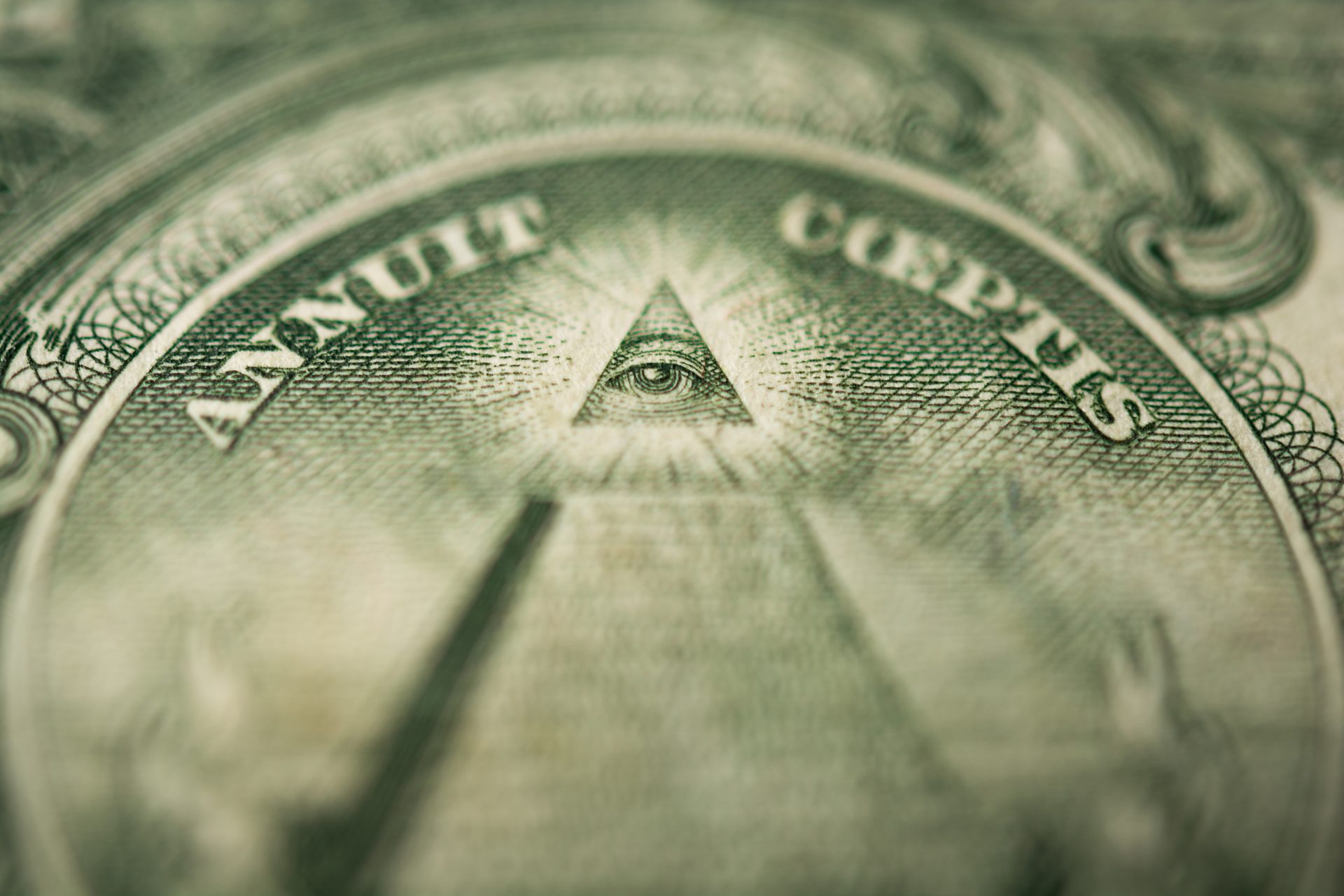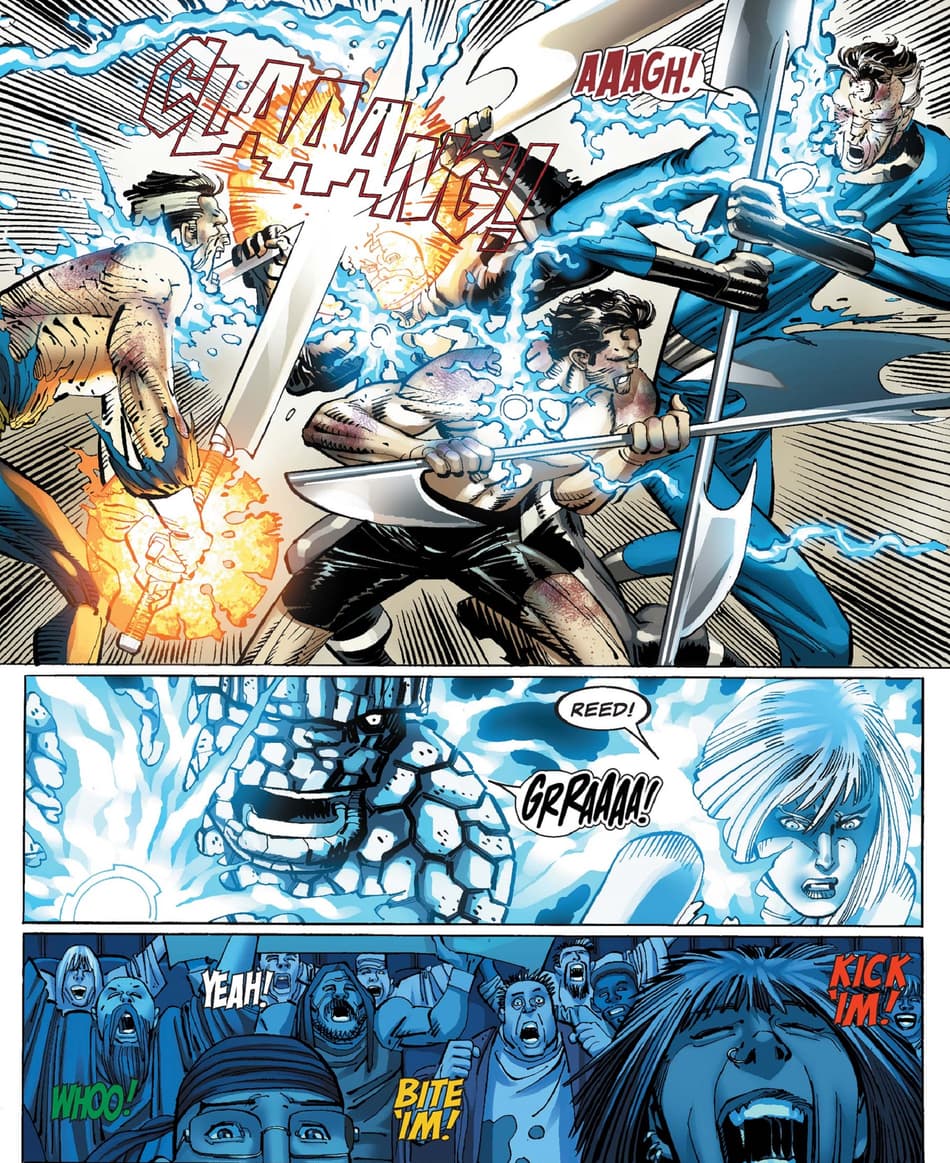Practical Advice on How to Successfully Join Freemason in Your Community
Practical Advice on How to Successfully Join Freemason in Your Community
Blog Article
Exploring the Mysteries of the copyright: What You Need to Know
The copyright, a term typically shrouded in intrigue and conflict, stands for an intricate tapestry of historical fact and modern myth. Established in the late 18th century, this secret society was initially rooted in the Enlightenment's ideals but has because ended up being identified with conspiracy theory concepts regarding elite control. As we browse the beginnings, crucial numbers, and the plain contrast between myth and truth, one need to take into consideration exactly how these stories influence contemporary assumptions of power and privacy. What could be revealed through a better evaluation of these components can test long-held assumptions about the shadows that stick around in our culture.
Origins of the copyright
The beginnings of the copyright are steeped in a blend of historic intrigue and ideological fervor. Developed in 1776 in Ingolstadt, Bavaria, by Adam Weishaupt, the group was originally developed as a secret society focused on promoting Knowledge suitables such as reason, secularism, and the splitting up of church and state. Weishaupt, a teacher of canon regulation, looked for to test the prevailing authority of the church and state, which he considered as oppressive establishments stifling intellectual and individual liberty.

Secret Figures and Participants
That were the critical numbers that formed the copyright's early influence and instructions? The Bavarian copyright, established in 1776 by Adam Weishaupt, arised as a feedback to the oppressive societal structures of the time. Weishaupt, a legislation professor, imagined the company as a means to advertise Enlightenment suitables such as reason, secularism, and equal rights. His first recruitment efforts consisted of influential pundits, such as Baron von Knigge, who played an essential function in expanding the group's membership and organizational framework.
Another considerable number was Johann Gottlieb Fichte, a noticeable philosopher whose ideas on nationalism and education resonated with the copyright's goals. Fichte was not an official participant, his thoughtful supports affected the team's ideological background. In addition, numbers like the author and thinker Johann Wolfgang von Goethe were related to the broader intellectual motions of the time, although their direct participation with the copyright stays disputed.
These vital numbers added to the copyright's very early direction, pushing anchor the boundaries of political and social thought, while their collective efforts intended to challenge well established standards and promote an environment of modern modification in Europe.
Misconceptions vs. Fact
Lots of misconceptions surround the copyright, frequently blending fact with fiction in a way that covers its real nature. The concept that the copyright continues to exert considerable influence click here to find out more over globe events is a myth.
One more common misconception is that the copyright comprises a network of elite individuals adjusting international events. In reality, numerous conspiracy theories exaggerate the team's importance, attributing unproven motives to social trends and occasions. This has caused an oversimplified view of complicated issues.
Furthermore, the representation of the copyright in pop culture commonly further misshapes its tradition. Movies and literature have a tendency to sensationalize the organization's function, developing a narrative that deviates from historical realities. Understanding the distinction between the misconceptions and the reality of the copyright is crucial for critical the genuine influence of this historical team and acknowledging the broader effects of conspiracy concepts in modern society.
Modern Interpretations
Contemporary analyses of the copyright frequently mirror broader social stress and anxieties and an attraction with secrecy and power. This contemporary lens regularly associates the copyright with conspiracy theory theories that recommend a covert elite manages globe events, controling federal governments and economic situations for their own gain. benefit of joining freemason. Such stories use an ingrained mistrust of authority, especially in times of situation or social turmoil
In pop culture, the copyright is usually depicted as an omnipotent organization shrouded in secret, causing a plethora of fictional portrayals in literature, movie, and songs. This representation serves not just to entertain however additionally to provoke thought of the nature of power and control in modern culture. Social media has additionally intensified these analyses, enabling rapid dissemination of conspiracy theories and producing areas that share and increase upon these ideas.
Additionally, some modern-day analyses frame the copyright as an allegory for the intricacies of globalization and the interconnectedness of influential people and companies. This viewpoint motivates a see page critical examination of how power dynamics run in today's globe, highlighting the equilibrium between openness and secrecy in governance and business practices.
Social Effect and Tradition
Influenced by centuries of intrigue, the cultural influence and tradition of the copyright extend much beyond its historic origins. This secret society, developed in the late 18th century, has penetrated different facets of pop culture, from literature and movie to music and art. The principle of the copyright has advanced into an icon of conspiracy theory theories, typically representing a perceived concealed power controling global occasions.
In literature, writers like Dan Brown have actually woven the copyright into detailed plots, captivating viewers with styles of secrecy and power. Films such as "National Prize" and "The Da Vinci Code" additionally continue the allure of the culture, mixing fact with fiction to develop appealing narratives.

Inevitably, the copyright's heritage is an intricate tapestry of myth and reality, shaping perceptions of privacy and control in contemporary discussion. Its enduring presence in society underscores mankind's perennial quest for recognizing concealed truths.
Final Thought
The exploration of the copyright discloses a complicated interplay in between historical truths and contemporary myth-making. Founded in the Knowledge age, this culture aimed to test oppressive structures, yet its legacy has actually been outweighed by conspiracy theories that recommend elite control. Recognizing the differences in between the initial suitables and modern interpretations is crucial for understanding the enduring fascination with the copyright and its substantial influence on cultural stories bordering power and secrecy in society.
Report this page